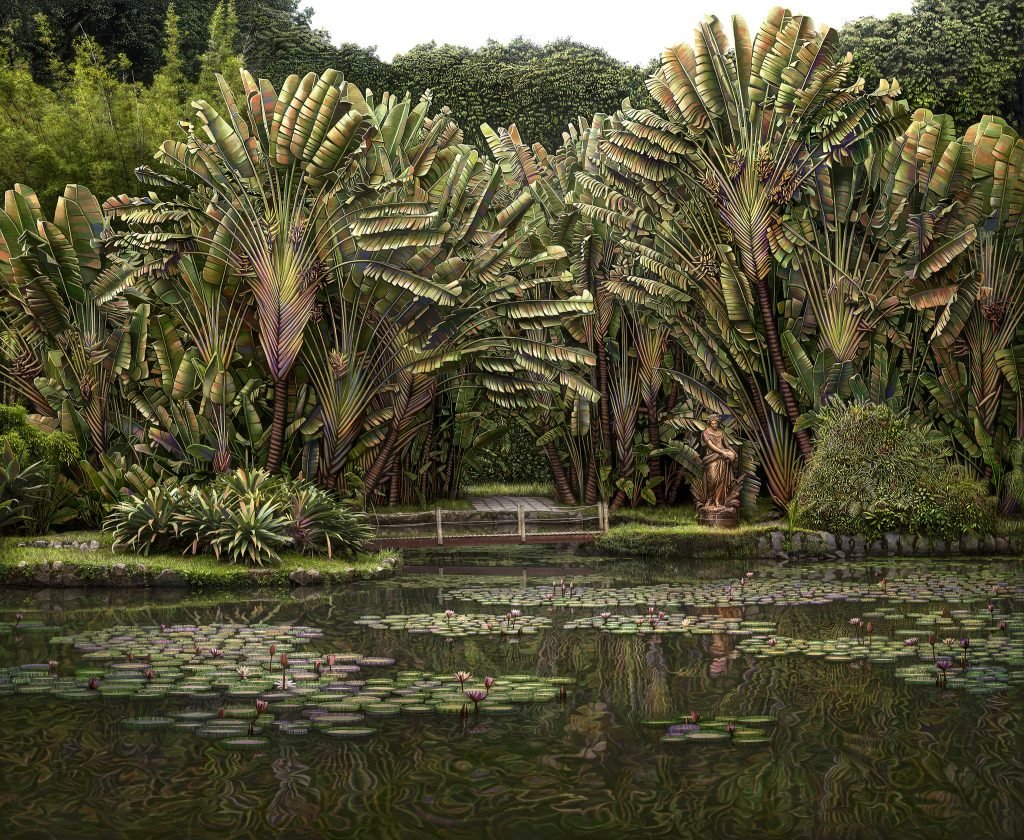
São Paulo Photography Fair is one of the most important events dedicated to this specific artistic language, will have the city buzzing in the month of August. From the 22nd to the 26th, Shopping JK Iguatemi, in São Paulo, will receive important galleries and exhibit pieces by the most renowned photographers from Brazil and around the world. With the objective of bringing visitors closer to the works exhibited, the event will also offer a program that includes parallel activities, such as guided visits, a circuit of open studios and the Fair’s cycle of debates and lectures, called Talks.
“Over the last years, SP-Arte/Foto has established itself as one of the most relevant events in Brazil dedicated to photography, becoming the epicenter of a celebration surrounding this field of art, which will be in the spotlight during August,” says Fernanda Feitosa, founder and director of SP-Arte/Foto.

Giangiacomo Cirla: Hello Fernanda, let’s talk about the last edition of the fair, what were the unmissable projects during this 12th edition of SP-Arte/Foto?
Fernanda Feitosa: On this last edition, the Fair paid a special tribute to 96 year old photographer, German Lorca. As one of the members of Foto Cine Clube Bandeirante in the early 40s, Lorca was responsible for introducing modern language and experimentalism to Brazilian photography. The Fair commissioned him to re-shoot photos, originally taken in the 1950s and 1960s, to document Sao Paulo city’s transformation. The result was part of SP-Arte’s magazine, distributed during the 5 days of event. Unmissable projects include booths such as Gavea Vintage photographies, Mapa and Utopica exclusively dedicated to modernist photography from the 40s and 50s, exhibiting Paulo Pires, German Lorca, Eduardo Salvatore, Thomaz Farkas, Marcel Giró, Pierre Verger and Getrudes Atschul. The Fair spans over 70 years of Brazilian photography history by also presenting contemporary artists, such as Miguel Rio Branco, Mario Cravo Neto, Mauro Restiffe, Jonathas Andrade, Rosangela Renno, Claudia Andujar.
SP-Arte/Foto was a rare opportunity to see a relevant amount of museum-quality works, which are not usually exhibited by Brazilian institutions. Fortes D’Aloia & Gabriel presented a 1973 performance photo series by Ivens Machado as well as works by Robert Mapplethorpe and photos by the celebrated artist, Ivens Machado. The iconic series of Chocolate that launched Vik Muniz’s career internationally was exhibited at SP-Arte/Foto, on the same space, Vermelho gallery was showing O Peixe, by Jonathas de Andrade, one of the most symbolic works of São Paulo’s 32nd Bienal.
In addition to high quality works exhibited by SP-Arte/Foto’s exhibitors, the Fair offered an educational program including studio visits, book launches, panel discussions and daily guided tours designed to offer the visitor a broad vision of the works displayed at the fair. From exploring the impact of 1968 movements in Latin America’s artistic production to contemporary methods used in post-photography.
Panel discussions by photographers Jonathas de Andrade and Bob Wolfenson inaugurated “Meeting the Artists” program and discussed the powerful creative processes behind their final works.

GC: How did it go with this edition of SP-Arte/Foto?
FF: We are very pleased with the results of SP-Arte/Foto’s 12th edition. In addition to the higher quality and diversity of works presented by the Fair’s 34 exhibitors, sales were above our expectations. SP-Arte/Foto’s public program grew over 55% by presenting 7 Talks by local and international photography specialists, free guided tours, book launches and studio visits. Diverse activities promoted the constant exchange between photographers, curators, art dealers, institutions leaders, and visitors.
GC: A confirmation of the great interest in Photography…
FF: As a result of the great interest in photography, SP-Arte/Foto has shown solid growth throughout the years. While in its first edition in 2007 we welcomed 2,000 visitors, in 2018 we reached over 16,000. The number of galleries that incorporate photographers to its artists list has grown together with a rising interest in this medium. Photography represents an important portion of sales at local galleries and, during this event, the number increased to almost 30% of their total income.

GC: What were the biggest news of this edition?
FF: SP-Arte/Foto’s 12th edition reached a record number of panel discussions. On the first day, Colombian curator and art historian, Rodrigo Orrantia spoke with Brazilian photojournalist, Evandro Teixeira, about the impacts of 1968 movements in Latin America’s artistic production. On the same day, Gabriel Chaim and Patricia Campos Mello discussed the challenges of photojournalism in areas of conflict and Brazilian filmmaker, Walter Carvalho, reflected on the connections between photography and Brazil’s audiovisual production. Other themes explored in the Talks’ program were Photobook and Its Narratives, explored by the founder of Editions Bessard, Pierre Bessard and photographer Claudia Jaguaribe; The Paths of Photographic Manipulation were discussed by Malcolm Daniel, curator of Photography at the Museum of Fine Arts, Houston, and Fabiana Bruno, Brazilian researcher, who talked about post-photography. On the last day of the panel discussions, for the first time ever, there was a dedicated platform to Meeting the Artists, in which Brazilian photographers Bob Wolfenson and Jonathas de Andrade talked about their creative processes.
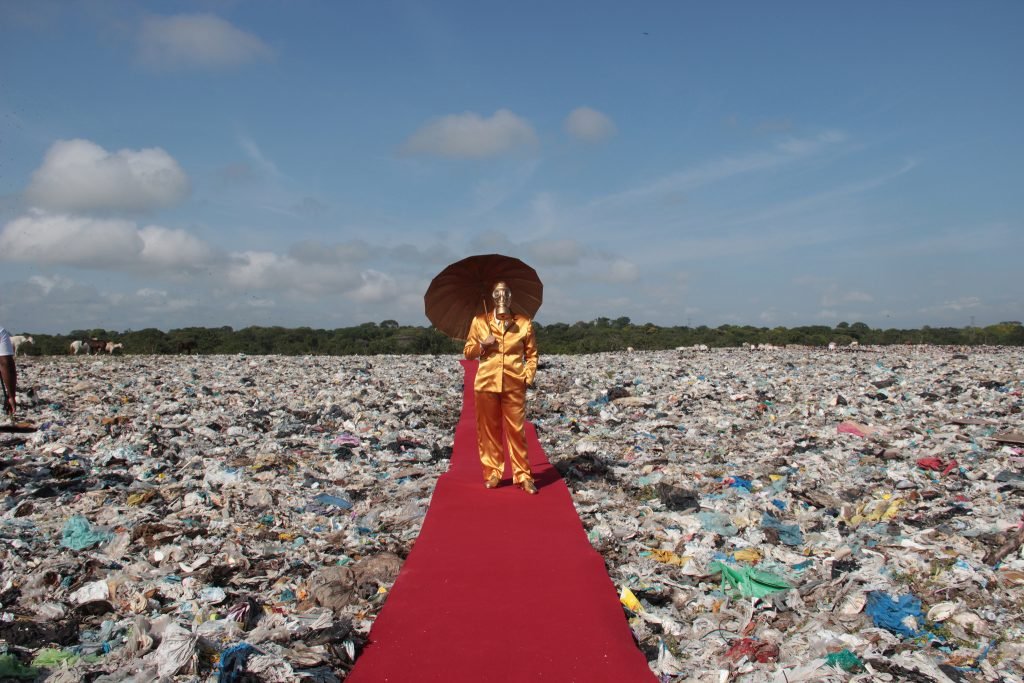
GC: Photography is an increasingly global language. What are your opinions about the widespread use of this medium?
FF: Photography is a contemporary medium by definition and we are very happy to see a growing interest in it, especially from the young collector. Having supported the exhibition of this artistic medium since the creation of SP-Arte, I observe a consolidation of photography in Latin America. Due to its accessible prices, photography is, in many ways, a first step into art collection. Brazilian collectors are curious, informed, diversified and their interest in photography vary from modernists, vintage, photojournalism to contemporary works.
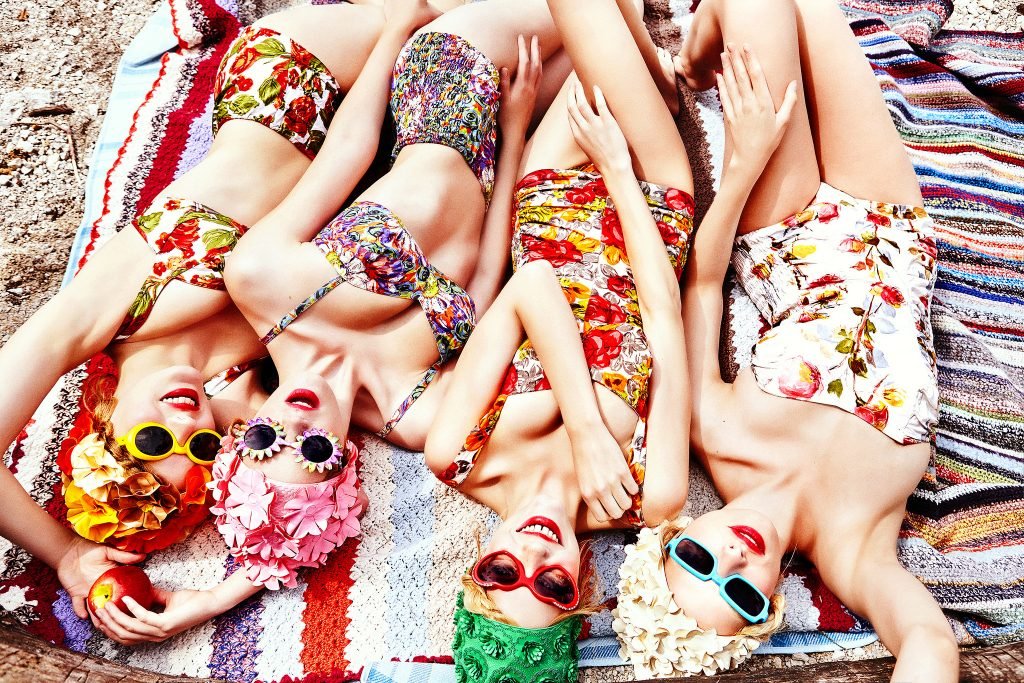
GC: And personally what attracted you of Photography to create one of the most relevant events in Brazil?
FF: It started with the idea of rescuing Brazil’s relevant photographic history and offering a new platform to discuss this production in Brazil. With such an interesting history from the XIX century to the present, Brazilian photography deserved an important time in our calendar.
Modernist period, composed by artists including German Lorca, Marcel Giró, Geraldo de Barros, Thomaz Farkas, Ivo Ferreira and Getrudes Altschul, whose works have been acquired by institutions including MoMA, Tate and Museum of Fine Arts, Houston, it would be a shame not to explore this and its impact on contemporary photography. With this in mind, SP-Arte/Foto was conceived as a small and more intimate environment for photographers, curators, and collectors amongst other specialists.

GC: What are your favorite Artists of all time?
FF: There are many relevant Brazilian artists from different geographical contexts and generations. On the Modernist period, more exactly in the 40s, there was a strong emphasis on photography, which was strengthened by Foto Cine Clube Bandeirante. Thomaz Farkas, German Lorca, Gaspar Gasparian, Geraldo Barros and José Yalenti are some of my personal favorites. From the early 50s, different artistic movements such as Concretism and Neoconcretism initiated Brazil’s post-modernist period, filled with renowned artists such as Mira Schendel, Waldemar Cordeiro, Lygia Clark, Lygia Pape, Sergio Camargo and Helio Óiticica.
Nowadays, Brazil houses different artistic styles and methods. Ernesto Neto, Jac Leirner, Adriana Varejão, Luiz Zerbini, Jonathas de Andrade, Lucas Arruda, Fernanda Gomes, Renata Lucas and Berna Reale are some of those, who represent the diversity in the contemporary art scene.
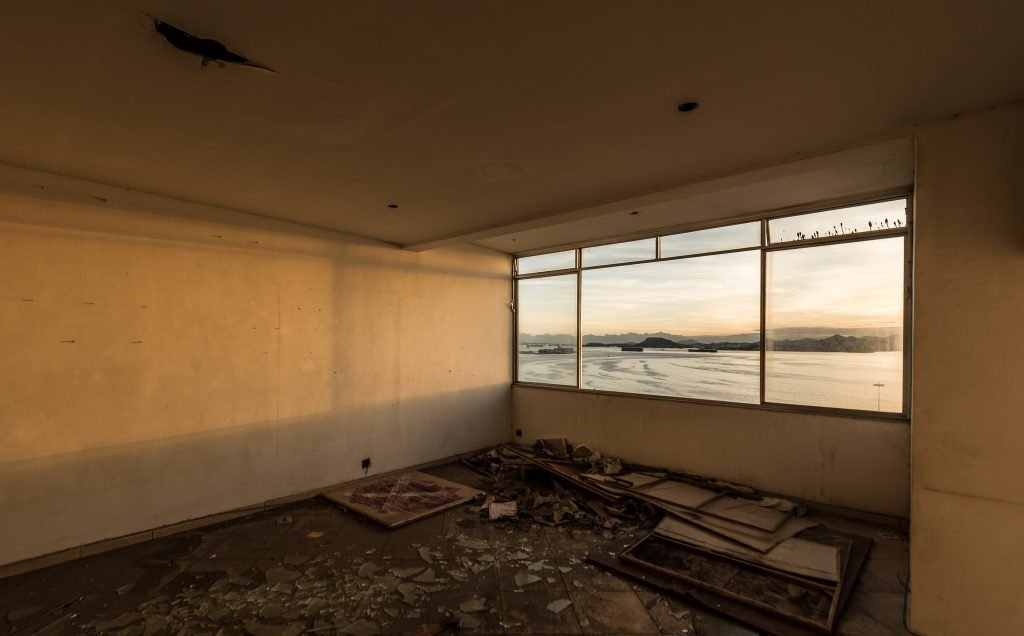
GC: The increasing presence of editorial projects is another interesting aspect. How do you feel about that?
FF: SP-Arte has been supporting the editorial local sector since 2012 with the creation of what we call Editorial Cluster in the events, in order to promote publishers and editors. We invite, at no cost, young and established publishers to promote and launch their works. On this 12th edition, we had the presence of 4 publishing houses on SP-Arte/Foto’s exhibitors list. In addition to this, the Fair hosted 14 book signings and a panel discussion between photographer Claudia Jaguaribe and publisher Pierre Bessard focused on the making of photobooks.
GC: What are the targets for the next edition of the fair?
FF: The next edition of SP-Arte, dedicated not only to photography but all mediums of art, will take place from 3 to 7 April 2019, in São Paulo. The mission of SP-Arte is to reinforce its position as an international arts hub in Latin America and continue promoting exciting events during the Festival that takes over the city’s art scene.
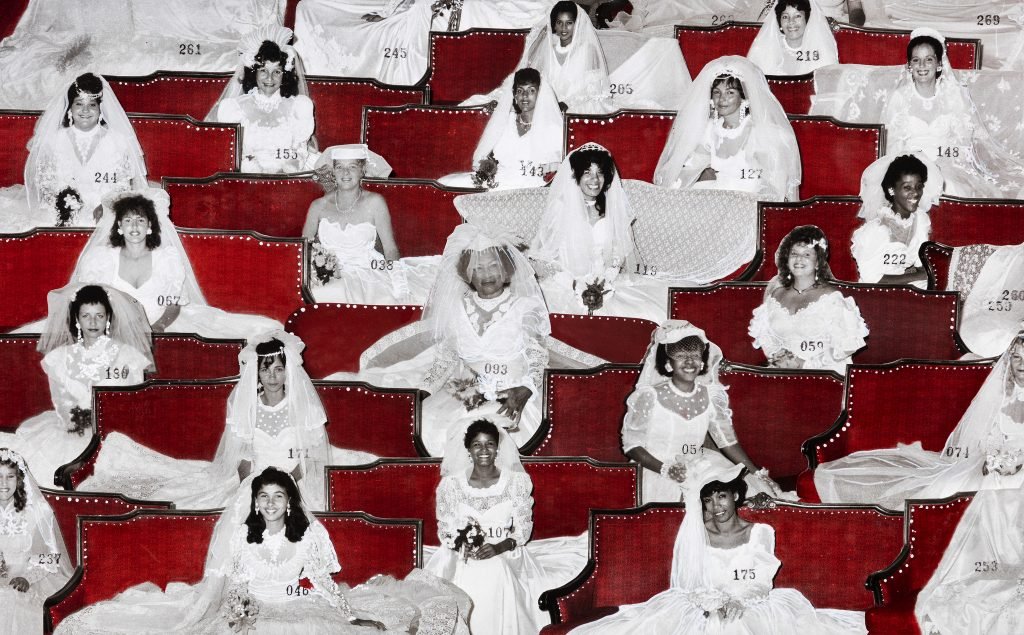
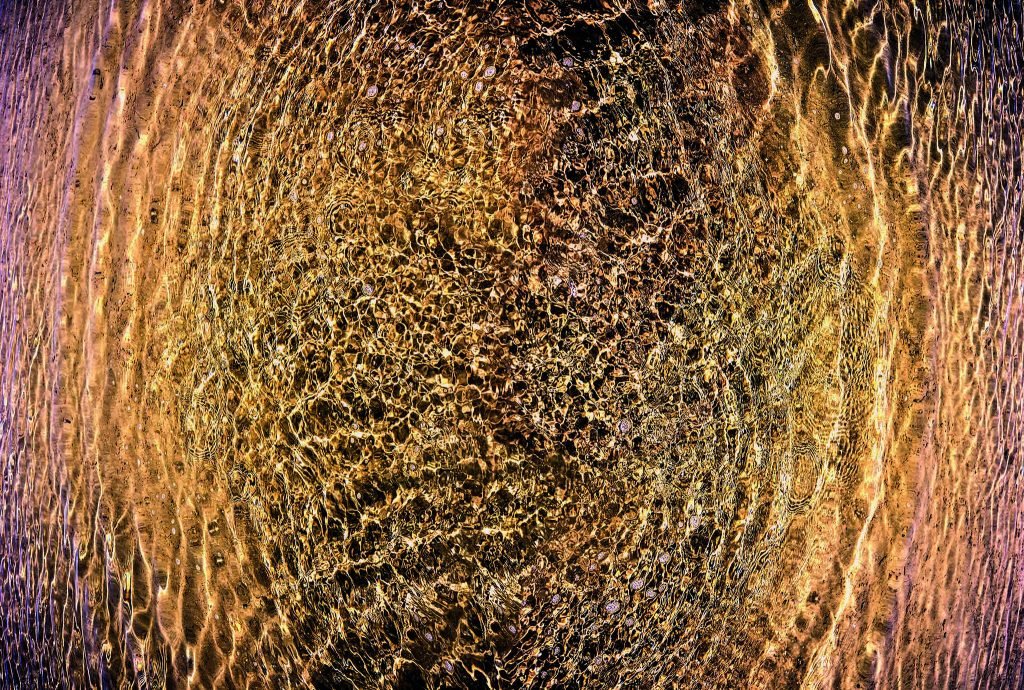
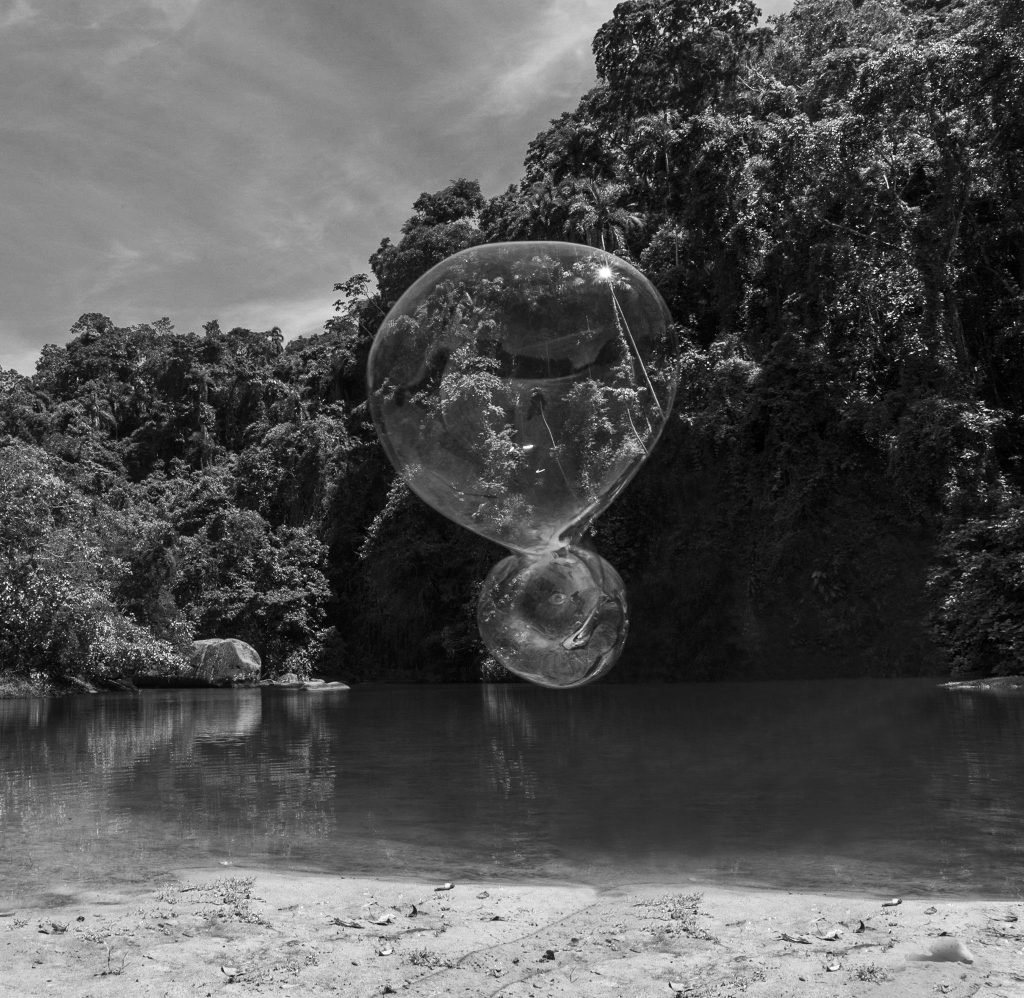
–
website: SP-Arte
Instagram: sp_arte
Facebook: SP-Arte
–
copyright © Fernanda Feitosa and PHROOM, all rights reserved
–